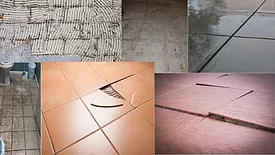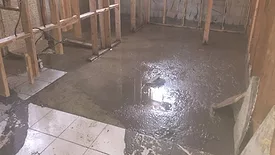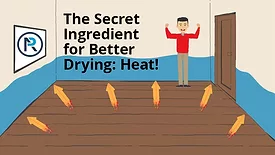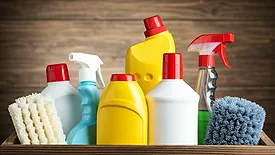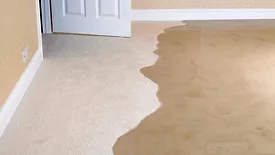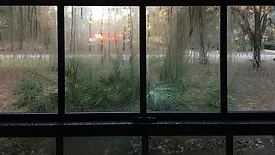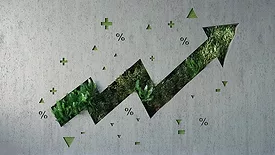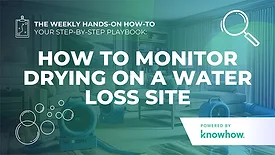Home » Keywords: » drying techniques
Items Tagged with 'drying techniques'
ARTICLES
Learn how to assess, map and dry ceramic tile flooring using proven restoration techniques
Read More
Sponsored Content
Critical Analysis of the E3 Drying Metric: Validity and Application in Water Damage Mitigation
Industry Experts Question the E3 Metric's Validity for Predicting Evaporation Rates in Water Damage Mitigation
December 13, 2024
5 Critical Rules for Restoring Properties in High-Moisture Regions
How to Manage Humidity and Use the Right Materials for Long-Lasting Results
Read More
Sustainability in Property Claims
The Restoration Industry’s Shift Towards a Greener Future
Read More
Stay ahead of the curve with our eNewsletters.
Get the latest industry updates tailored your way.
JOIN TODAY!Copyright ©2025. All Rights Reserved BNP Media.
Design, CMS, Hosting & Web Development :: ePublishing
